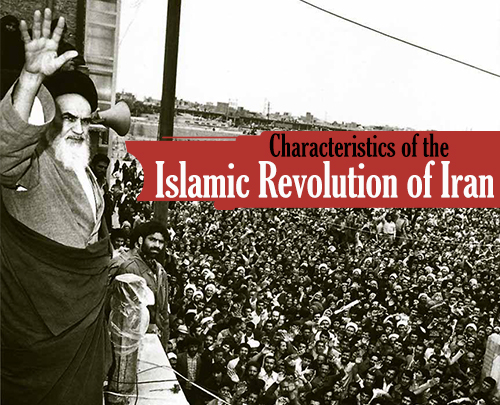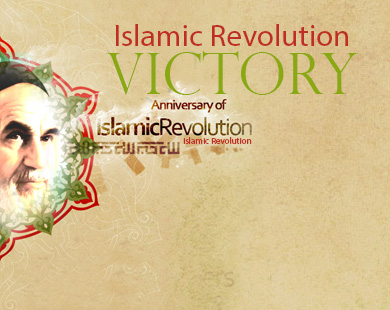The chain of events that ended in February 1979 with the overthrow of the
Pahlawi regime and the foundation of the Islamic Republic began with the death
in Najaf on October 23, 1977 of Hajj Seyyed Mustafa Khomeini, unexpectedly and
under mysterious circumstances. This death was widely attributed to the Iranian
security police, SAVAK, and protest meetings took place in Qum, Tehran, Yazd,
Mashhad, Shiraz, and Tabriz.
Imam Khomeini himself, with the equanimity he customarily displayed in the face
of personal loss, described the death of his son as one of the “hidden favors” (altaf-i
khafiya) of God, and advised the Muslims of Iran to show fortitude and hope.
The esteem in which Imam Khomeini was held and the reckless determination of the
Shah’s regime to undermine that esteem were demonstrated once again on January
7, 1978 when an article appeared in the semi-official newspaper Ittila’at
attacking him in scurrilous terms as a traitor working together with foreign
enemies of the country. The next day a furious mass protest took place in Qum;
it was suppressed by the security forces with heavy loss of life. This was the
first in a series of popular confrontations that, gathering momentum throughout
1978, soon turned into a vast revolutionary movement, demanding the overthrow of
the Pahlawi regime and the installation of an Islamic government.
The martyrs of Qum were commemorated forty days later with demonstrations and
shop closures in every major city of Iran. Particularly grave were the
disturbances in Tabriz, which ended only after more than 100 people had been
killed by the Shah’s troops. On March 29, the fortieth day after the killings in
Tabriz was marked by a further round of demonstrations, in some fifty-five
Iranian cities; this time the heaviest casualties occurred in Yazd, where
security forces opened fire on a gathering in the main mosque. In early May, it
was Tehran itself that saw the principal violence; armored columns appeared on
the streets for the first time since June 1963 in order to contain the trend to
revolution.
* Source: coiradio.com


















